Tamron continues to flesh out their lineup for Sony FE (full frame mirrorless) with another intriguing new entry. Even those who buy expensive, full frame cameras sometimes want a single lens solution for outings or travel where bringing a big kit along isn’t really an option. The Tamron 28-200mm F2.8-5.6 RXD helps to fill the role of a competent all-in-one/travel lens for full frame mirrorless, though with a much better optical performance on most measures than what I typically see. The Sony 24-240mm F3.5-6.3 OSS is the primary competitor, but the Tamron easily provides better image quality and a faster maximum aperture at a cheaper price ($730 USD), though at the cost of a reduced zoom range and without a built in stabilizer. Tamron has elected once again to rely on the in body image stabilization on the Sony camera bodies, though this is the less effective approach from a stabilization perspective. The A071 (Tamron’s internal code for the lens that we will use for brevity in this review) is easily the sharpest superzoom lens that I’ve personally used, however, though there are a few compromises (there always are!) that I will explore.
First of all, being able to go from this:
to this…
…is always going to be useful. The fact that both of those shots have great color, contrast, and detail is even more useful, as photographers who have invested in a full frame camera may want the convenience of an all-in-one but aren’t interested in seriously compromising on image quality. The A071 requires the least amount of compromises optically that I’ve seen, though every superzoom lens does include some optical compromises. When you try to cover everything from wide angle to telephoto in one compact lens, something has to give. I’ll detail what those compromises are in this review while also highlighting the significant amount of strengths that the lens has so that you can make an informed decision as to whether or not the A071 should end up in your bag. I’ll also be drawing a number of comparisons to its chief competition – the Sony 24-240mm OSS along with a few to another recent lens like this – the Canon RF 24-240mm F4-6.3 IS.
If you prefer to watch your reviews, I have both a standard length and definitive (long format) video review, which you can see here:
I want to thank Tamron USA for getting me an early loaner of the lens. I’ve reviewed the Tamron 28-200mm RXD (A071) on my Sony a7RIII and Sony a9 bodies.
Follow Me @ Patreon | My Newsletter | Instagram | Facebook | Twitter | Flickr | 500px
A071 Build and Handling
Tamron has managed to pack a lot of lens into a body that is essentially the same size physically as the Tamron 28-75mm F2.8 RXD. The A071 is actually 1mm shorter (116.8mm vs 117.8mm) while being 1mm wider in diameter (74 vs 73mm). Both use the shared 67mm front filter thread that Tamron has adopted for all 7 of their lenses for Sony FE (kudos to them for that!!) While the two lenses look pretty much identical when retracted, the A071 extends much further when fully zoomed out. It has a second inner barrel that adds to the extension.
That extra bit of length also translates into a bit more weight, though at 575.5g (compared to 550g for the 28-75mm), the lens is still fairly lightweight. It undercuts either the Canon or Sony 24-240mm lenses by around 200g. The Sony lens, for example, doesn’t dwarf the Tamron, but is clearly larger all around (2mm longer and over 7mm wider in diameter).
You can see the spec comparisons here:
Tamron has continued to employ the philosophy of choosing to be intentional about the corners they cut to achieve their priorities. They intentionally want to create compact, lightweight lenses that are optically superior and can compete on merit with more expensive alternatives. Noble goals, to be sure, as I think the importance of reasonable sizing in lenses is often overlooked. To achieve those goals, however, Tamron has elected to often truncate the focal ranges of their lenses to allow them to focus on delivering good performance over the included focal range. So, 17-28mm rather than 16-35mm, 28-75 rather than 24-70mm, 70-180 rather than 70-200, and, in this case, they elected to trim on both ends compared to the popular 24-240mm range. Eliminating 24mm from the equation allowed them to avoid a lot of the distortion compromises that often come with going to 24mm (and deliver a stronger performance on the wide end), while capping the zoom range at 200mm allowed them to deliver better performance there than the zooms going on to 240mm allow.
I’m all for that philosophy.
I can also support the decision to focus on performance rather than bells and whistles. The Tamron lenses on Sony have been pretty simplistic – no switches or buttons. In this case the only feature on the lens barrel is a zoom lock that will prevent the lens “creeping” (extending) when you are walking around with it. No AF/MF switch (I do prefer having that), and no other features like a focus hold button (I actually don’t miss that one much since Sony released full time Eye AF). A stripped down approach is not my preference, but I will freely admit that these choices have resulted in lenses with a much more reasonable price than alternatives. What’s also interesting is that in this case the first party alternative (Sony 24-240mm) has none of the traditional Sony features, either. No AF/MF switch, no focus hold button, etc…so in this case, the Tamron alternative is no less feature rich (poor?) than the first party option.
Also worth noting that in this case I actually think that the Tamron is the better built lens. The materials are roughly equal, but the Tamron has a smoother zoom action (the weight on the Sony is really heavy). Tamron has included a zoom lock while the Sony seems to rely on the heavy zoom action to prevent lens creep. And, while Sony does list the 24-240mm as being moisture and dust resistant, I cannot for the life of me actually see or feel the gasket at the lens mount. I definitely think the Tamron excels here, as we get Tamron’s nicely executed weather resistance suite, which includes a fluorine coating on the front element (essentially a replacement for a protection filter), a gasket at the lens mount, and six internal seals by my count. This is very welcome in a travel type lens where one might get caught in surprise adverse weather conditions.
Also nice are the rings and their action. The focus ring is evenly damped and is non-linear in operation. This isn’t bad for stills focus, but means that focus pulls are less repeatable unless you maintain a consistent speed. If you turn the ring faster, focus swiftly advances. Slower turning of the ring means that more rotation is required for equivalent focus. The zoom ring is wide, falls evenly to hand, and is fairly smooth in operation. The weight is a little on the heavy side, but it all turns fairly easily.
What I’m less able to get behind is the choice on their past two zooms (70-180mm and 28-200mm) to not include an optical stabilizer (usually called VC by Tamron). They are relying on the in-body image stabilization of many Sony cameras, but many of us are discovering that Sony’s IBIS (SteadyShot Inside) is less effective at longer focal lengths. I’m estimating that you get around 2.5 stops of assistance on the long end of the zoom range, which definitely falls short of the typical OSS/VC, which usually gives four stops or so. Dropping below 1/40th of a second is not going to give you consistently sharp results even with a static subject. While the applications for handholding telephoto shots at low shutter speeds are limited, and while you want to keep your shutter speeds up if you are photographing a moving subject, I do still prefer good image stabilization as a safety net. Sometimes when shooting in AV mode and not thinking as much about shutter speed and lighting conditions, you can get some surprise shots at a lower shutter speed than expected. I often find that good stabilization saves those shots. You won’t get as much of that here.
On the plus side, the IBIS of my a7RIII and a9 cameras provides fairly good stability in the viewfinder and decent video stabilization. As long as you aren’t using the lens at the margins, this approach works fine…just not as well as what an in-lens stabilizer would have worked. This might be enough to push some videographers to the Sony 24-240mm for an similar lens with a stabilizer. Unfortunately the Sony cannot match the optical performance of the Tamron.
As noted previously, the A071 is faster than its competitors in terms of aperture. The Sony 24-240mm starts at F3.5 and terminates at F6.3, while the Tamron starts at F2.8, shifts to F3.5 at 50mm, F4.5 at 100mm, and F5.6 at 150mm through 200mm. It’s fairly impressive that we don’t reach the smallest maximum aperture until 150mm, and I’ve actually been surprised at times to look through the viewfinder at 200mm and discover that I’m at F5.6 rather than the more typical F6.3 for a lens like this. This does help you in poorer lighting conditions to get a slightly better performance. It also blows away the Sony competitor. The Sony 24-240mm does start at F3.5 at 24mm, but reaches F4 by 28mm – a full stop difference from the Tamron. F4.5 is reached by only 39mm (the Tamron is F3.2), is F5 by 55mm (Tamron is F3.5), hits F5.6 by 70mm (Tamron is F4) and is at F6.3 by 103mm (where the Tamron is still F4.5). The Tamron has a full stop advantage over a good portion of the zoom range, which makes a huge difference. At 70mm, for example, the Sony might require a shutter speed of 1/100th where the Tamron would allow for a shutter speed of 1/200th with the same ISO value. The latter figure would stop action at a school play or event, for example, while the Sony would have motion blur in many shots. This is huge…and does help close the gap on the difference in the stabilizers.
A similar advantage can be found compared to the Canon RF 24-240mm. On the wide end the Tamron is a full stop faster (F2.8 vs F4), and there is a significant advantage for the Tamron through the zoom range. I’d love to see this lens on Canon RF mount, as I would definitely prefer it to the Canon option.
Like a lot of recent Tamron lenses, the A071 has two different minimum focus distances and maximum magnification figures. At 28mm, the lens can focus down to 19.05cm (7.5″) and can produce a very high magnification figure of 0.32x (nearly one third life size). Very useful amount of magnification, though, as always, I do find composing at wide angles more complicated due to that MFD being less than three inches (8cm) from the front of the lens! Here’s what that magnification looks like:
As I’ve come to expect, however, there is a lot of field curvature here, so the sharpness profile is mostly in the center of the frame.
You’ve got more flexibility on the long end, though somewhat less magnification. MFD is a much easier 80cm (31.5″), and the resulting magnification is a still useful 0.26x. You also get a flatter plane of focus and more options for how to compose:
Sharpness and contrast here are particularly nice, leaving room for some very nice close up work.
That’s pretty lovely!
There aren’t a lot of bells and whistles here in terms of features, and the lack of OS in the lens will impact some specific photographers or videographers, but for probably 80% of people you have everything you need here, and what is here is nicely executed. Tamron has maintained a compact lens that still manages to perform well.
A071 Autofocus Performance
I was delighted to see that the A071 was shipping with Tamron’s RXD (Rapid eXtra-silent stepping Drive), as I’ve had nothing but good success with lenses so equipped. What’s interesting about Tamron’s relationship with Sony is that it seems like Tamron has actually licensed Sony’s focus technologies, so, unlike on Canon EF or Nikon F before, Tamron doesn’t have to reverse engineer focus algorithms. The performance of the RXD and VXD motors on Sony is very much a native Sony performance. I use the 28-75mm on a near-daily basis for my video work, and it’s focus consistency for tracking objects or my face is near perfect. I never worry about it.
As a result, I knew that I could expect solid focus performance from the A071, with good quietness, quickness of focus, and accuracy. And that’s what I’ve found:
Pet Eye AF obviously works…even in profile!
There’s really only one deviation from the performance that we’ve seen in the 17-28, 28-75, and 70-180mm lenses from Tamron…and that the A071 does not have a maximum aperture of F2.8 across the zoom range. What this means is that at longer focal lengths the camera will have less light that reaches the sensor, so the focus system has to work a little harder. Don’t expect low light performance to be as good as those other lenses as a result, but for the majority of the work that I’ve done with the lens, I’ve had zero problems. I shot in dim lighting conditions in a sauna, for example, and had zero hesitation in grabbing and locking focus.
In this shot you can tell that Korean maple leaves were backlit, but I cranked up the exposure compensation and the lens nailed focus.
In another shot, I put a hosta leaf in the foreground and want to catch the flowering shrub beyond. I wondered if the AF system (all points active on a a7RIII) would grab the preferred focus area.
It did.
I tested for video focus pulls and got great results. At 28mm, the focus pulls were the fastest and quietest that I’ve ever seen. Truly fantastic. At longer focal lengths the speed wasn’t as fast (smaller aperture + more load on the focus motor with the longer, more demanding focal lengths), but they were still very smooth, quiet, and fast. A very good performance here that is encouraging for video work. I could see this being a great, reasonably priced option for videoing events from a tripod. I’ve already considered a lens like this for our church.
I’ve gotten a few early questions by some considering this lens in place of a lens like the Tamron 70-180mm F2.8 VXD. Others might view it as an alternative for sports or action due to the nature of the focal length. I’ve had dozens if not hundreds of people ask me similar questions about lenses like Tamron’s 18-400mm APS-C lens. It’s important to understand that an all-in-one lens is a jack of all trades, master of none. A dedicated telephoto lenses is designed around tracking fast action. A dedicated portrait lens might emphasize beautiful bokeh rendering. An all-in-one lens has to cover everything from wide angle to telephoto, so expecting similar performance to a dedicated telephoto or portrait lens is unrealistic.
That being said, this lens seems like it will do better than most such lenses for the simple reason that 1) it has faster AF than many such lenses and 2) it has better image quality. As we will see, the bokeh quality in some situations is the weak link, but, in a pinch, this lens will double as a decent portrait option at the longer focal lengths where compression can make the background blur out more. I had my son (not a regular photographer) use my a9 with the A071 mounted on it, all points active, AF-C, with full time Eye-AF engaged. I had him call out feedback as he worked through the zoom range and I held a pose. He noted that Eye AF might switch between which eye it was tracking (you can override that if desired in camera), but that it always tracked the eye perfectly. I went through about 25 quick results, and all were were focused. Here’s a sampling at various focal lengths.
As for tracking action, while I don’t think lens is a suitable replacement for a true telephoto, I do think that in a pinch it has enough speed to keep up with some action. I had my son do a number of action sequences of running, jumping, etc… I had good success in getting accurately focused results in most of these scenarios. Here’s a sequence of my son jumping off a wall at speed.
Just a second of action there, but every shot is accurately focused. Here’s a look at a crop of one shot from the middle of the sequence.
So, don’t buy this lens thinking that it is going to fully replace a dedicated telephoto, but there’s no reason why you can’t photograph some action if you find yourself in a position to do so with the A071. It may not be a master, but it is one of the better jack-of-all-trades that I’ve seen.
So, all told, I have a lot of good to report from the autofocus performance here with relatively little negatives to report. Autofocus is typically very fast, and, outside of seeing the typical issue where the AF wants to grab a background rather than foreground object, I think we’ve got a very mature, well executed autofocus system going on in this lens…which only further demonstrates its value.
Tamron 28-200mm F2.8-5.6 RXD (A071) Image Quality
As already noted, a lens like this requires a number of compromises by necessity. A prime (fixed focal length) lens can focus on solving the optical challenges of one focal length. In this lens, however, we’ve got an over 7x zoom range that covers from moderately wide angle to telephoto. That’s a lot of ground to cover. I’ve reviewed a lot of these type lenses before, and when you go in with this knowledge it quickly becomes evident where the lens engineers “picked their poison”. Something has to give.
For example, I reviewed the Canon RF 24-240mm F4-6.3 IS back in March of 2020. One of the main compromises there was that the barrel distortion was so profound at 24mm that the engineers actually had to design a lens that doesn’t fully cover the image circle at 24mm and shows mechanical vignetting (complete black in the corners) until the profile is applied. The other compromises included image quality that was just adequate over the zoom range. It’s pretty typical on other lenses to see weaker image quality, heavy distortion and vignette, and often some issues with fringing. Like I said, something has to give.
Tamron’s engineers have been pretty smart in the mirrorless space, however. They’ve elected to make most of their compromises obvious and up front, typically in the form of abbreviated zoom ranges. In this case, they’ve trimmed both the wide angle end along with the telephoto end, and while some competitors give a 10x zoom range, the A071 has just over a 7x zoom range. In the process of doing this, however, they’ve managed to achieve what is easily the best optical performance that I’ve seen from such a lens.
What we have instead is a lens that is compromised on the amount of zoom range you are getting but as a trade-off you don’t have accept nearly as many optical compromises. This is frankly a refreshing approach, as I’ve tested (and owned) some lenses where I ended up avoiding parts of their zoom ranges (often the telephoto extremes) because the image quality was so compromised there.
As is typical for such a lens, we have a fairly complex optical formula of 18 elements in 14 groups. 7 of these elements are special elements, however, as you can see from the optical diagram below. If you understand MTF charts, you will find a much, much better MTF than what we typically expect.
As an aside, I’m not focusing on APS-C in this review, but you can see that that the MTF performance on APS-C is uniformly excellent, with essentially all the weakest area of the frame clipped off. Very nice!
So let’s break this down, starting with distortion. The decision to not go to 24mm has allowed Tamron to have vastly reduced amounts of distortion on the wide end. There is a mild amount of barrel distortion and vignette that is fairly easy to correct. The lenses that go all the way to 24mm commonly have MUCH more distortion and vignette, often including some mechanical vignette where the corners are completely dark and the image has to be cropped by the profile to eliminate that. That’s true with the Sony lens, which is radically different than what the Tamron is in this measure.
That’s obviously a hugely different performance.
As for correcting the Tamron’s more minimal distortion: while the JPEG and Video files are corrected in camera, there is no standard profile as of yet. I used a +7 in distortion correction (there’s a very minor wave that remains…an actual correction profile will do a better job), and I used a medium (+58) amount of vignette correction and slide the midpoint slider all the way over to 0. For a superzoom lens like this, this is a really minor amount of correcting to have to do. Bravo!
The distortion switches to pincushion distortion at 70mm and is stronger here than at 200mm (surprisingly). The vignette is milder, however. I used figures of -8 to correct the distortion (it’s more linear here so correction is clean) and a +31 for vignette correction (midpoint still slid all the way over to 0.
At 200mm the pincushion distortion is milder (-5) and even vignette is reduced (+24 and 0 for the midpoint). You can see each of these before and after correction below:
This is actually a surprisingly good performance for such a significant zoom range. I really think Tamron’s choice to condense the zoom ratio has paid serious dividends here, and the comparison with the Sony shows why. You can’t correct that degree of distortion without some negative impact to image quality.
We also have relatively few compromises when it comes to chromatic aberrations. There is a minor amount of longitudinal CA at 28mm (first example below) and even less at 200mm (second example). I’ve included a crop that shows the worst case real world example that I saw in my review period, which was a mild amount of purple fringing on the high contrast points of light where the sun reflected off the water (at 28mm).
I’ve seen much worse CA on any number of prime lenses, so that’s pretty impressive. This real world example at 200mm shows not only how good sharpness is wide open (F5.6), but also how well CA is controlled on these white flowers.
I also saw only a very minor amount of lateral CA (shows up on the edges of the frame). You can see a tiny amount of purple fringing up in the leaves, but not enough to really notice unless you are looking for it on a pixel level.
Once again I’m very impressed. Distortion, vignette, and chromatic aberrations are areas where most superzoom lenses really come up short.
So how about resolution? Once again, prepare to be impressed. Here’s what the test chart looks like (this is on a 42Mpx a7RIII body):
Here are crops from across the frame. I used the upper left corner here so that you can compare the identical Canadian bill from the midframe and corner.
Even at F2.8, we’ve got a strong performance across the frame. Excellent center and midframe sharpness and contrast, with somewhat reduced contrast and a little less detail in the corner (but still quite good). To get some perspective on how good this performance is, let’s compare it to the Sony 24-240mm.
That is a radically different result! The A071 is in a completely different class of performance. I’d personally much rather settle for great performance at 28mm than a terrible one at 24mm!
If I compare to the Canon RF 24-240mm at 24mm (where the Canon is at F4 compared to the Tamron’s F2.8), we find that the Tamron is sharper, has better contrast, and has far less chromatic aberrations (see all the green and purple fringing on the black lines beneath the bill).
I’ve shown you the corner, but the trend is pretty similar across the frame. Stopping the Tamron down to F4 (equivalent aperture) only broadens the gap. The Canon’s performance is a little better than the Sony (it’s a newer lens), but neither of these can compare to the performance of the Tamron. In fact, my very first shot with the A071 was a wide open (F2.8) 28mm shot in bright, glaring conditions. The shot through the viewfinder didn’t look like much (the Sony a7RIII’s viewfinder does not excel in bright conditions). I didn’t have high expectations, anyway, so I was pretty shocked when I pulled the shot up on my workstation, zoomed in to a pixel level (on a 42Mpx camera), and found that the shot was pretty much pin sharp.
It was then that I realized that this is a very different kind of lens than most all-in-one’s that I’ve used. I liked the Tamron 28-300mm PZD lens for DSLRs fairly well, and got some good images with it on a trip that I really enjoyed and blogged about. But even on a 20Mpx Canon 6D that I used for that trip, I needed to stop the lens down to F8 or so to get reasonably sharp landscape images. The A071 is clearly in a different kind of class. When I stop it down to F8, I’ve got shots at 28mm that just pop off the screen. Take a look at the crop below.
AT 50mm, the A071 is also extremely sharp, with a very strong performance across the frame. There’s a bit of drop-off of contrast and resolution in the deep corner, with some improvement there by F5.6.
At 100mm the Tamron has almost a full stop of exposure advantage (F4.5 vs F5.6) over the Canon lens, though the two lenses are roughly equal in performance wide open. This is one of the strongest points in the Canon zoom range, and possibly the weakest for the Tamron. Even with both lenses at F5.6 their performance is more similar than different.
If we move on to the end of the focal range, however, the Tamron’s superiority re-exerts itself. It delivers a strong performance in the center and mid-frame, with the typical drop-off in the corners. Here’s a look at the crops:
Once again, to put this in perspective, we have to compare with the Sony lens. The Sony’s results are so poor by comparison that I had to recheck them and also compare to real world results. Ummm, yeah…the Tamron is that much better.
There’s an obvious advantage in the center of the frame, but the mid-frame and edge performance are so radically different that it is actually hard to believe. I’m accustomed to tiny bits of nuance in lens performance when comparing two lenses, but the differences here are just blatantly obvious.
If we compare with the Canon at 240mm, we see that the Canon looks also looks like a bit of a mess by comparison…though much better than the Sony. There’s a lot of evidence of fringing along with lower contrast and resolution. The Tamron’s control of aberrations results in much more real-world acuity.
This translates into very nice real-world sharpness for the Tamron, particularly in the zones where a tighter framing like 200mm will mostly be used. In this casual portrait, for example, you can see a lot of textures in my skin (and also that my hairdresser who helps me with my grooming has been shut down for 3 months due to COVID-19 precautions!)
This long range landscape shot stopped down to F8 shows very nice detail as well.
It is fantastic to have such great sharpness across the zoom range, as you’ll be able to get travel or general purpose shots that won’t feel like you are seriously compromising quality for convenience.
Flare resistance is reasonably good as well, with nothing ugly rearing its head during my review period.
There is really only one area where I have any significant criticism, and that is in the bokeh. Here’s where the optical compromise is. Now, to be fair, this is rarely an area where a superzoom lens excels anyway (the Sony is arguably even worse in this metric), but it perhaps stands out a bit more on the Tamron because the lens is so competent in other areas.
There are some situations where the bokeh isn’t bad. These tend to be the situations where subject is fairly close and the background is some distance away. It’s also the situations where there aren’t any bright highlights. I think these shots look fairly good:
But things get jarring if there are bright circular highlights in the scene. The are very obvious concentric rings in the bokeh (onion bokeh) that are pretty ugly.
It’s clear that Tamron’s engineers prioritized sharpness and control of aberrations, as those aspects look great, but at the cost of smoothness of the background blur. Here’s a few other examples.
So the list of sins is pretty short, but this is definitely one area where the A071 betrays that it is an all-in-one.
I’ll end the IQ section by highlighting one more strength. I’ve often seen some shortcomings in the quality of the colors on some superzoom lenses, but I feel like this is another area of strength. The Tamron delivers really neutral colors with nice saturation. I ran it through Datacolor Checkr and profiled it. I found that the colors were fairly consistent.
All in all, it’s not hard to get surprisingly good photos with this flexible tool. It’s one major weakness can be avoided by not shooting those type shots with it, but the lens feels like it will be very good for most of the type of photos one might shoot while traveling.
Conclusion
I’ve frequently noted in these types of reviews that every zoom lens involves compromises, and that is far truer for a superzoom lens (pretty much anything greater than a 4x zoom ratio). Trying to pack both wide angle and telephoto performance into a single lens is very challenging, and that’s doubly true if you are also trying to keep the lens compact. So the engineers choose what to compromise. Maybe it will be strong distortion, heavy vignette, or high levels of uncorrected aberrations. Perhaps it will be less sharpness and acuity in certain parts of the zoom range. The Tamron 28-200mm F2.8-5.6 RXD (A071) does have some compromises, but most of them can be seen at face value. These include an abbreviated zoom range relative to competitors and a lack of a built-in image stabilizer. An unseen compromise is a less-than-pleasing bokeh in certain situations.
But by intentionally choosing these visible compromises, Tamron has managed to deliver a lens with surprisingly few optical compromises. The lens has a reasonably nice build (including weather sealing), very fast and accurate autofocus, and a very strong optical performance across the zoom range. It also has low levels of distortion and aberrations while also delivering faster maximum apertures than competing lenses. It is able to produce far sharper images than what experience led me to suspect.
So while an all-in-one lens like the A071 is a jack-of-all trades, it is a slightly more masterful lens than most of its kind, which makes it a very welcome addition to the Sony FE platform as the preferred option for a one-lens or travel solution. It’s moderate price of $729 USD places it well under to the $1049 that the Sony 24-240mm OS goes for, and, while that lens does add built-in stabilizer, the Tamron remains the preferred choice for those who value performance.
So if you’re looking for a lens for that next big trip, or if you have a family and want to capture every moment, the Tamron 28-200mm RXD is competent enough to be a worthy consideration for your next lens purchase…particularly if you don’t like changing lenses!
Pros:
- Compact, lightweight lens easy to bring along
- Surprisingly good sharpness
- Good color
- Autofocus is fast, quiet, and accurate
- Eye AF works well
- Very good chromatic aberration control
- Distortion and vignette are moderate for a superzoom lens
- Consistent optical performance across the zoom range
- Faster maximum aperture than competing lenses
- Good close up performance
Cons:
- No optical stabilizer
- Bokeh can be a little ugly in some situations
- Less zoom range than competing lenses
Purchase the Tamron 28-200mm F2.8-5.6 RXD @ B&H Photo | Amazon | Amazon Canada | Amazon UK | Amazon Germany | Ebay
Sony a9 Camera: B&H Photo | Amazon | Amazon Canada | Amazon UK | Amazon Germany | Ebay
Sony a7RIV Camera: B&H Photo | Amazon | Amazon Canada | Amazon UK | Amazon Germany | Ebay
Sony a7R III Camera: B&H Photo | Amazon | Amazon.ca | Amazon UK | Ebay
Peak Design Slide Lite: Peak Design Store | B&H Photo | Amazon | Amazon Canada | Amazon UK
Peak Design Leash Strap: Peak Design Store | B&H Photo | Amazon | Amazon Canada | Amazon UK
BenQ SW271 4K Photo Editing Monitor – B&H Photo | Amazon | Amazon.ca | Amazon UK
Adobe Photoshop Creative Cloud 1-Year Subscription
Exposure Software X5 (Use Code “dustinabbott” to get 10% anything and everything)
Purchase your gear at:
B&H Photo | Amazon | Ebay | Make a donation via Paypal
Visit Dustin’s Amazon Storefront and see his favorite gear
Purchasing your gear through B&H and these links helps fund this website and keeps the articles coming. You can also make a donation here if you would like. Visit my Amazon page for some of my gear of choice! Thank you for your support.
Great News! I can now offer a 5% discount on all purchases at Amplis Foto, Canada’s Leading Photographic Supplier. Please enter discount code: AMPLIS52018DA in your cart. It is good for everything in your cart, and is stackable with other coupons, too! It will take 5% off your entire order! Proceeds go towards keeping this site going and providing you with new reviews!
Check me out on: My Patreon | Sign Up for My Newsletter | Instagram | Facebook | Twitter | Flickr | 500px | Google+ |
Use Code “DUSTINHDR” to get $10 off ($15 CDN) any Skylum product: Luminar, Aurora, or AirMagic
Keywords: Sony, Tamron, withmytamron, A071, Tamron 28-200mm, Tamron 28-200mm, RXD, F2.8-5.6, 70-180, 28-200mm, 28-200mm, 28-200, Di III, Sony FE, Tamron 28-200mm Review, Tamron 28-200 Review, 28-200mm F2.8-5.6, Dustin Abbott, Autofocus, Sample Images, Video, Video Test, review, Video review, Real World, Wide Angle, Sony a7RIII, Sony a7RIV, Portrait, Sharpness, Resolution, Bokeh, Sony 24-240mm, Travel, All-in-one


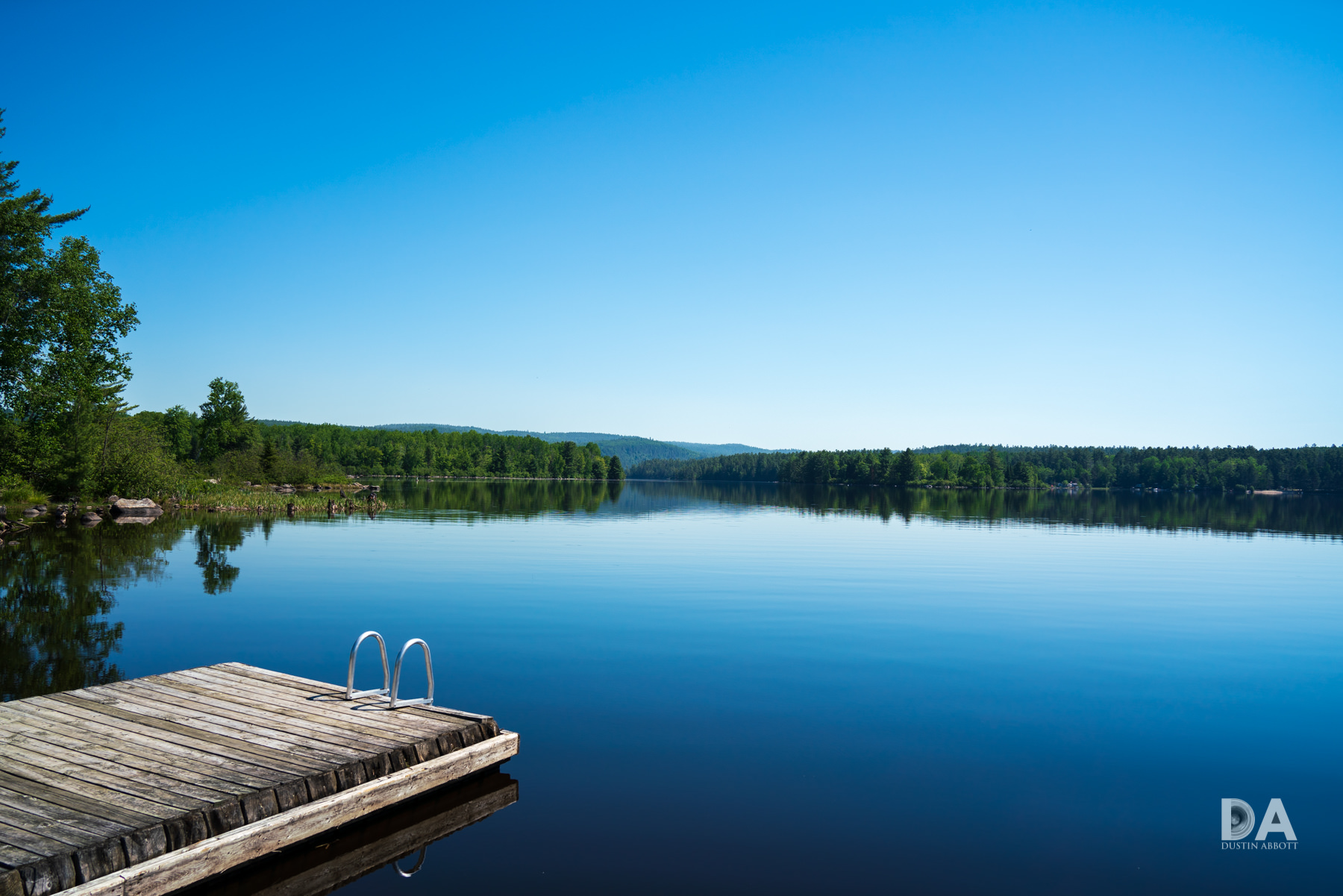

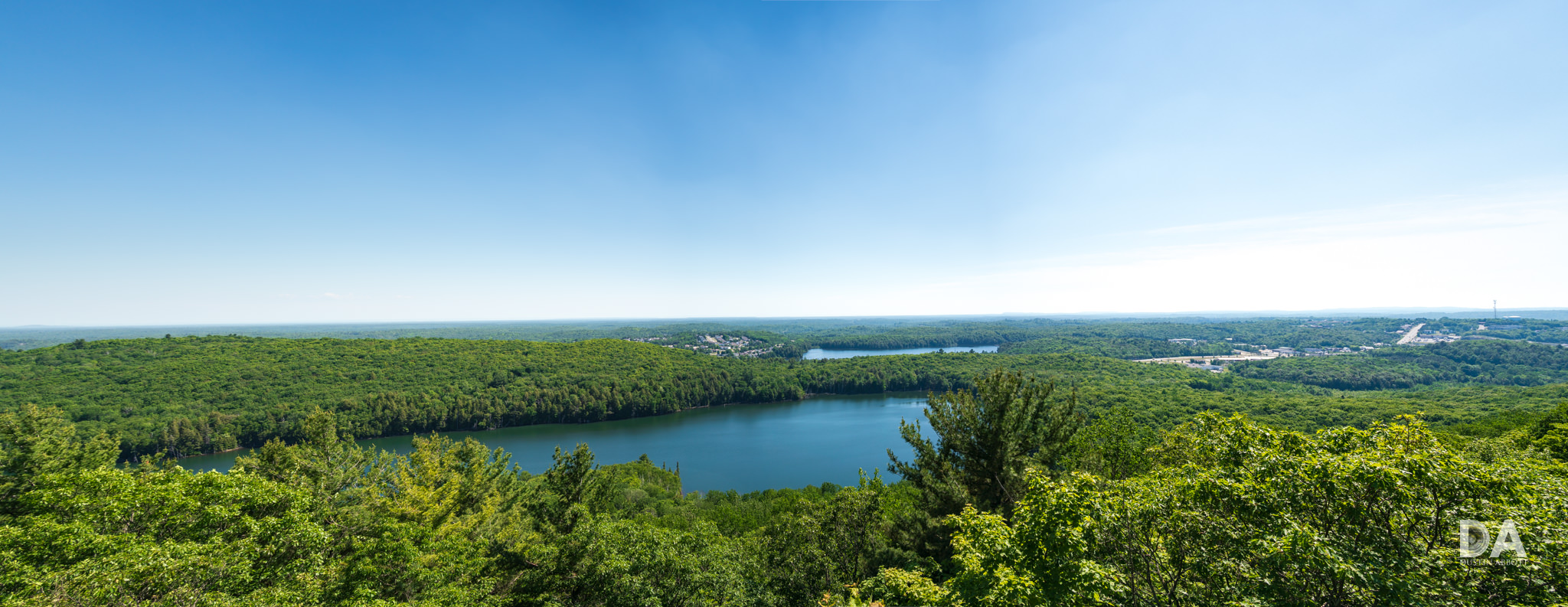
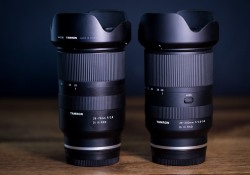
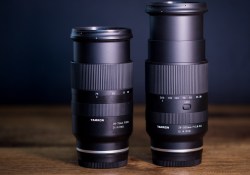
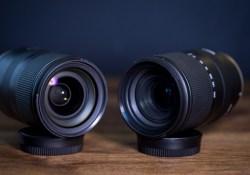
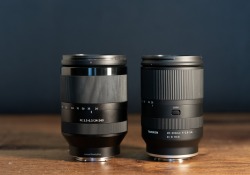
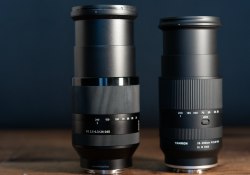
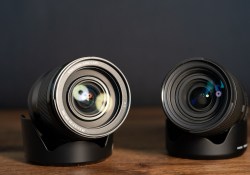

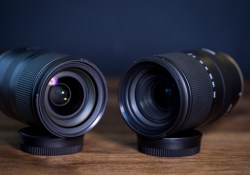
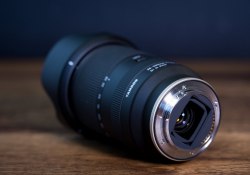




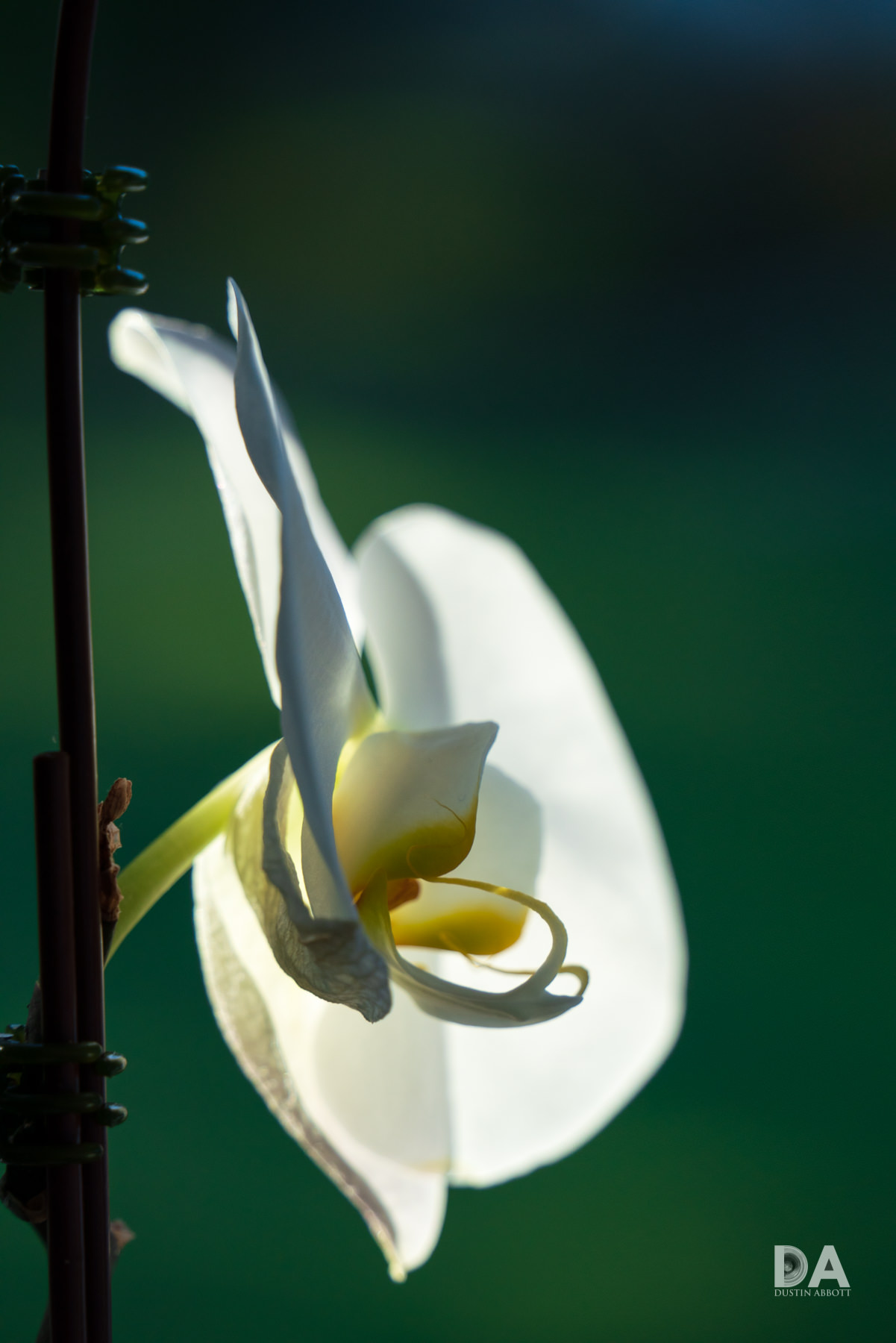


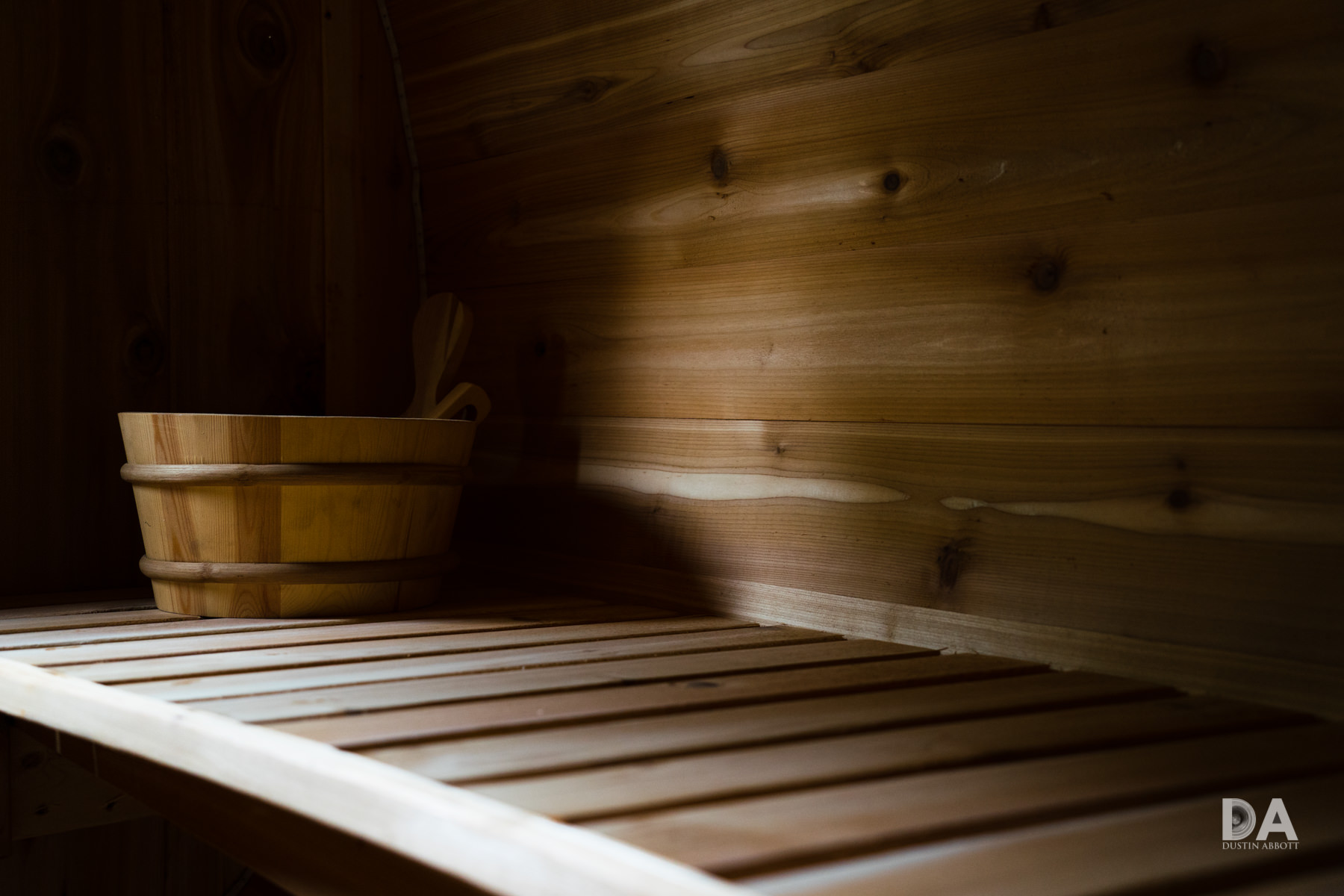























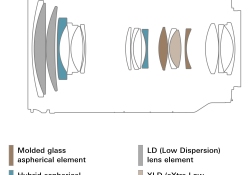
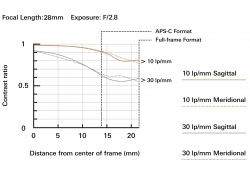


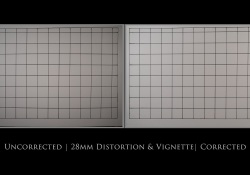
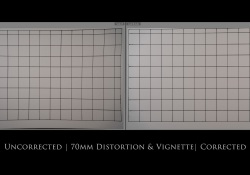
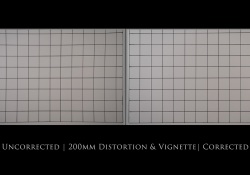
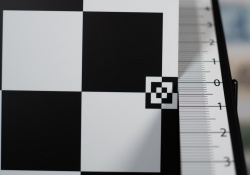
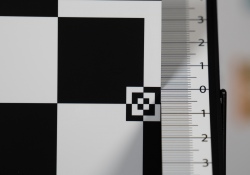




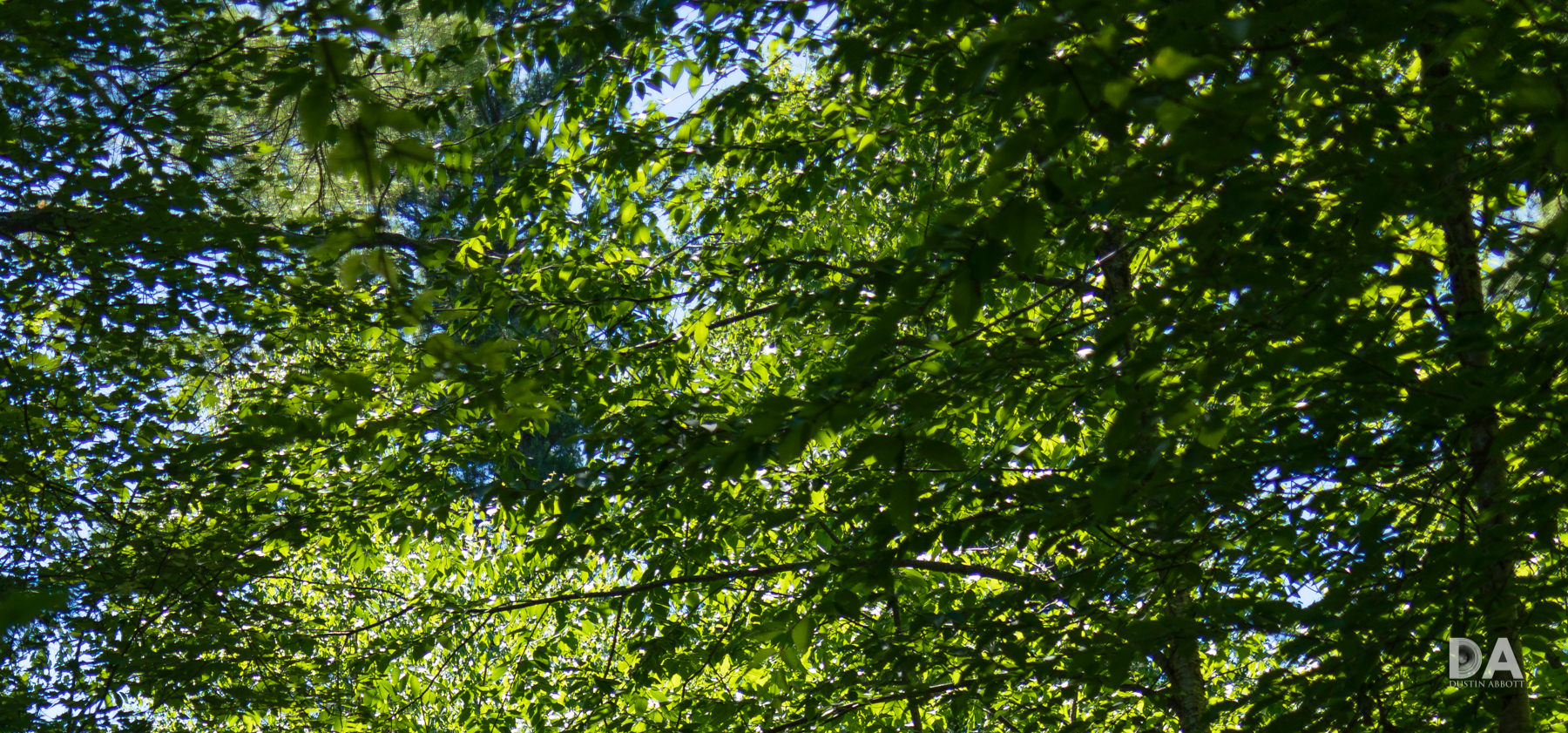
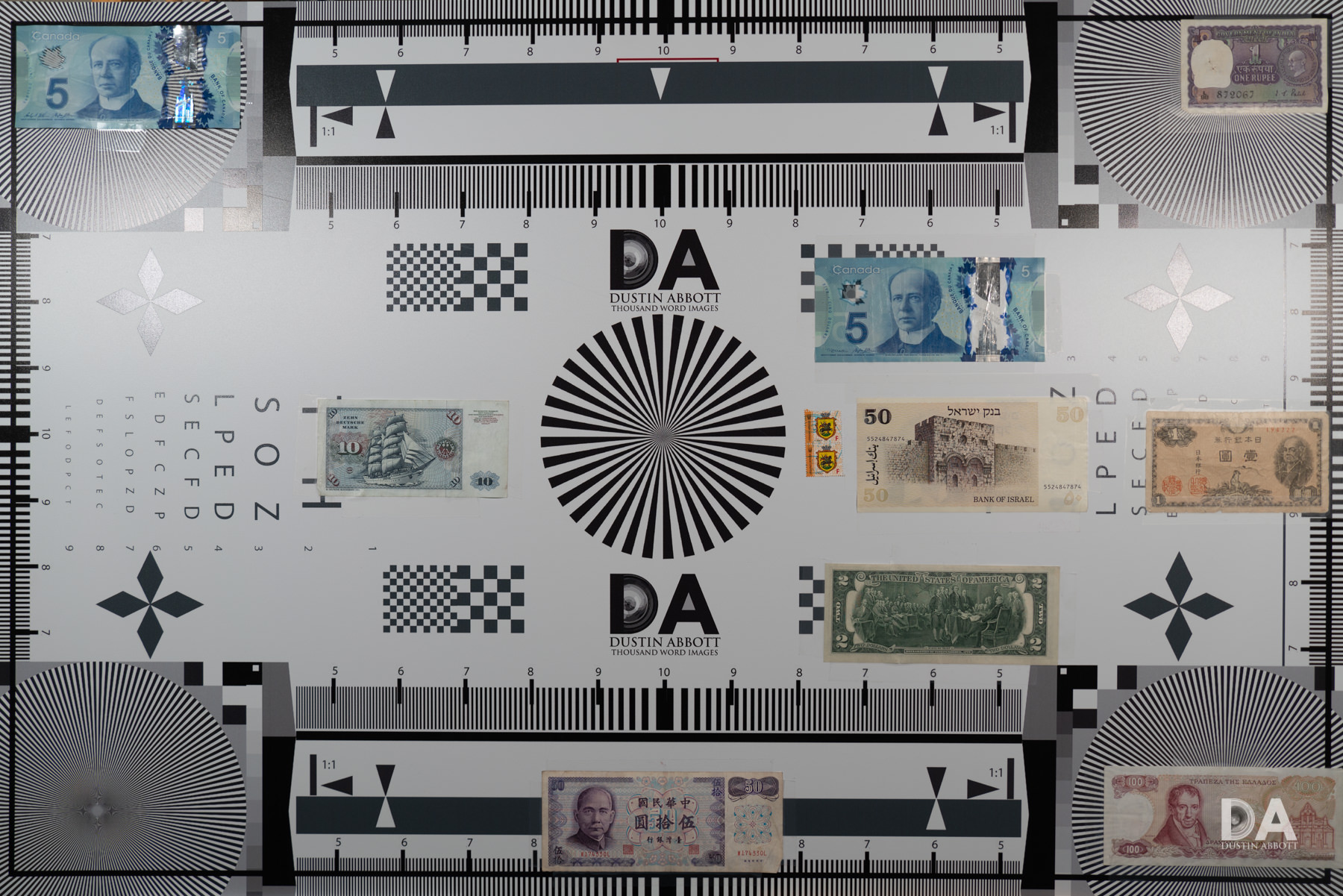



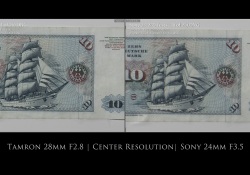
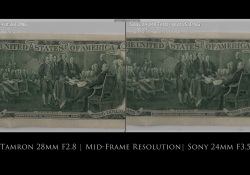
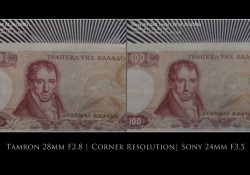
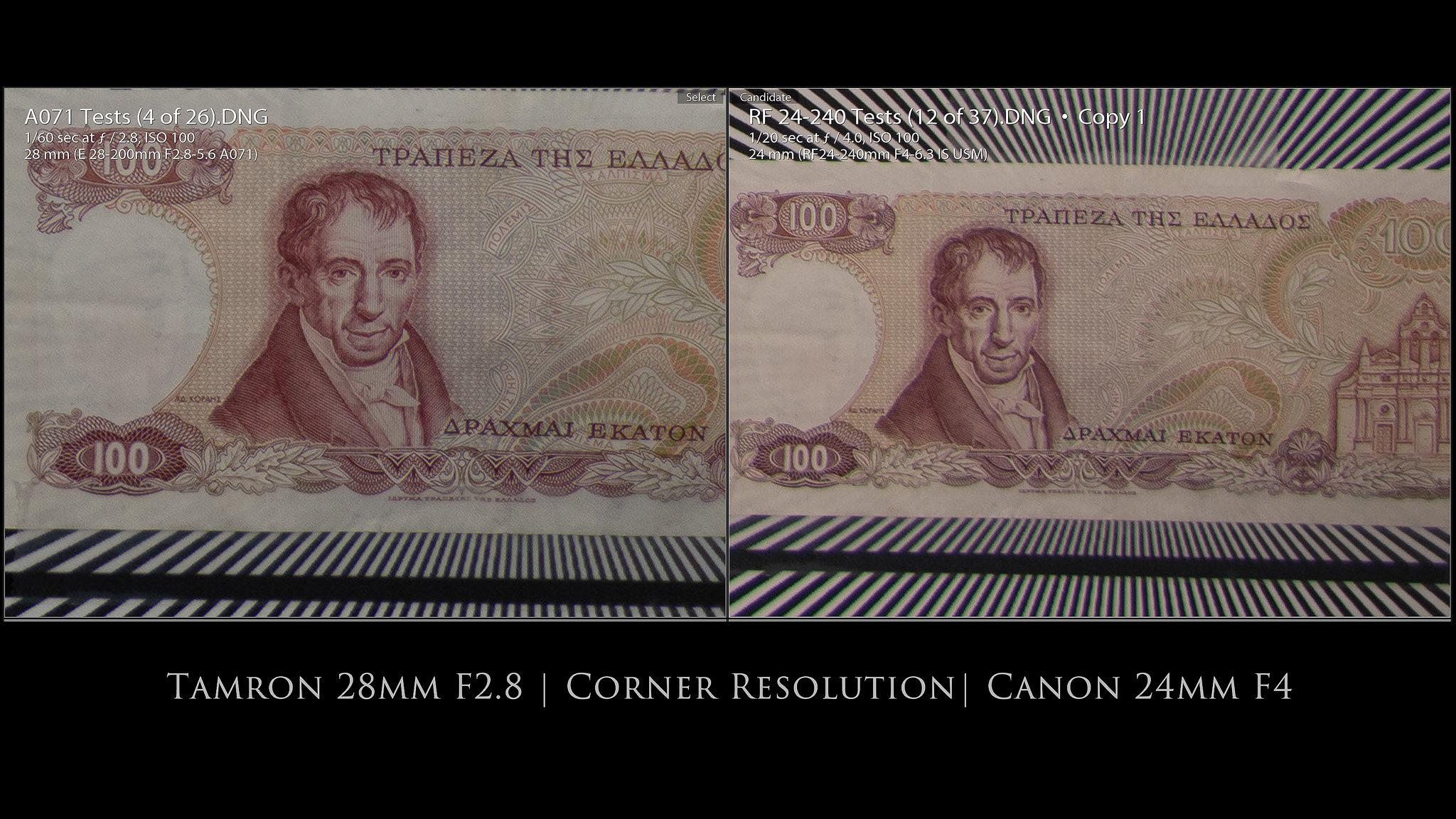
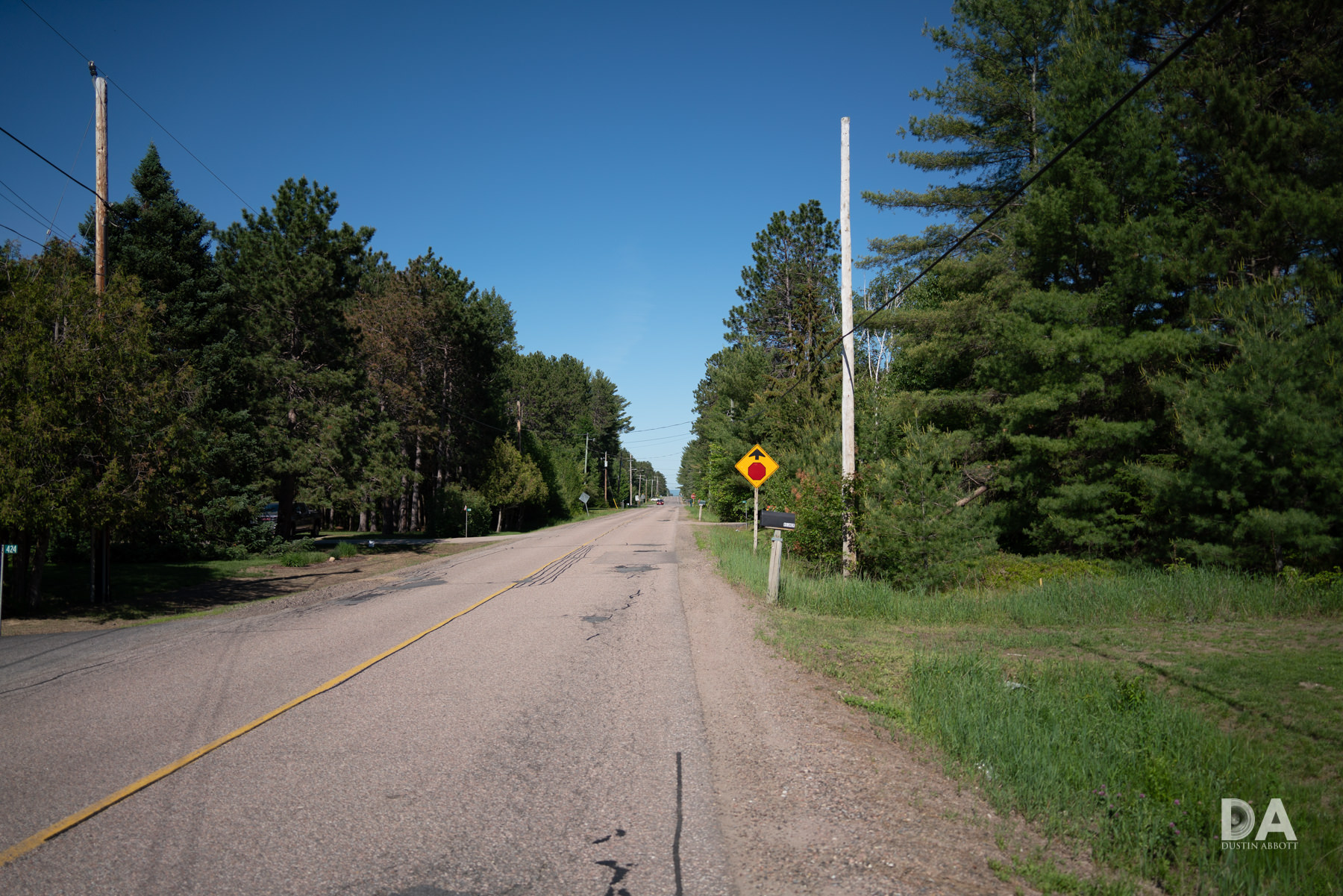
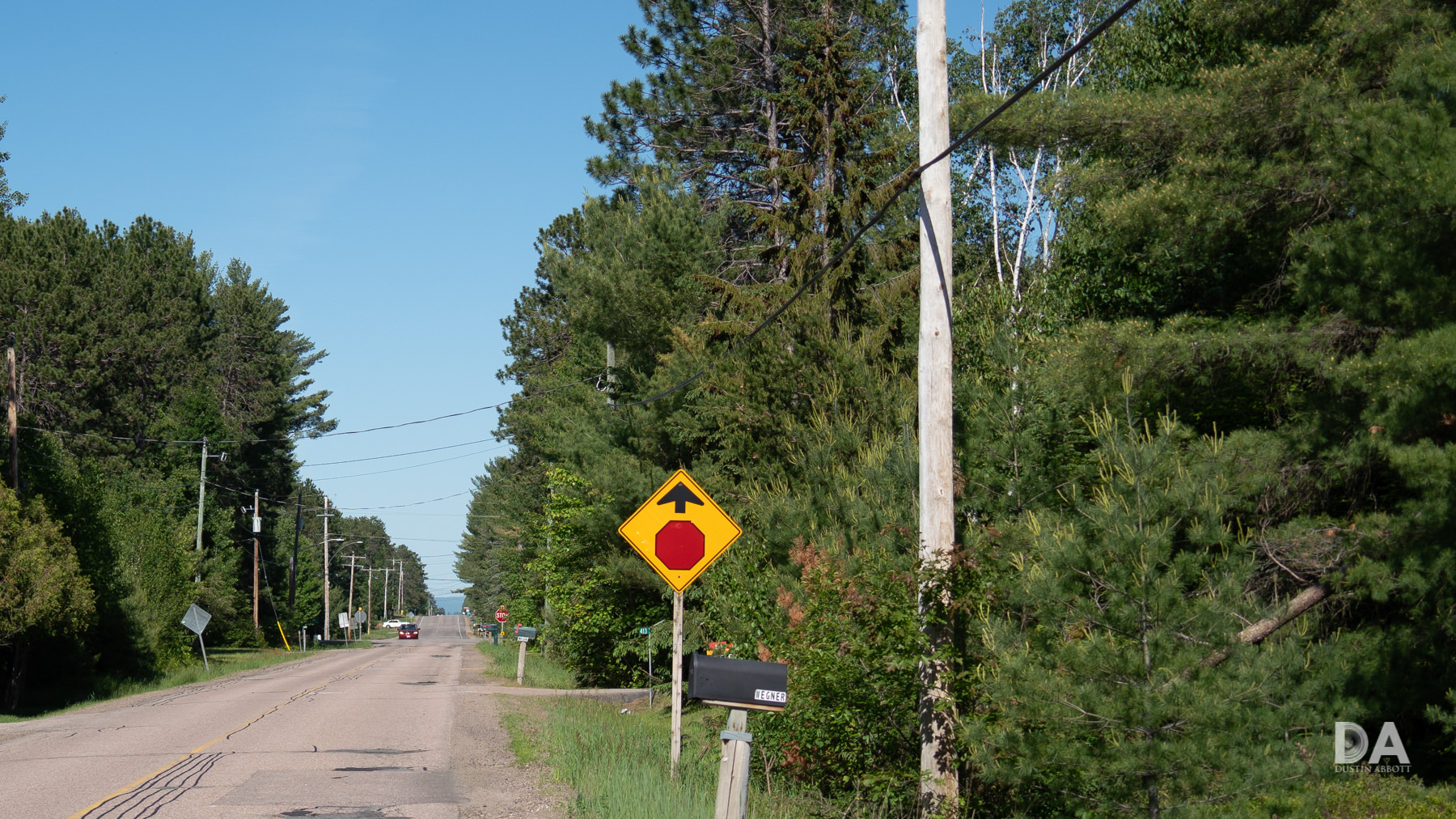

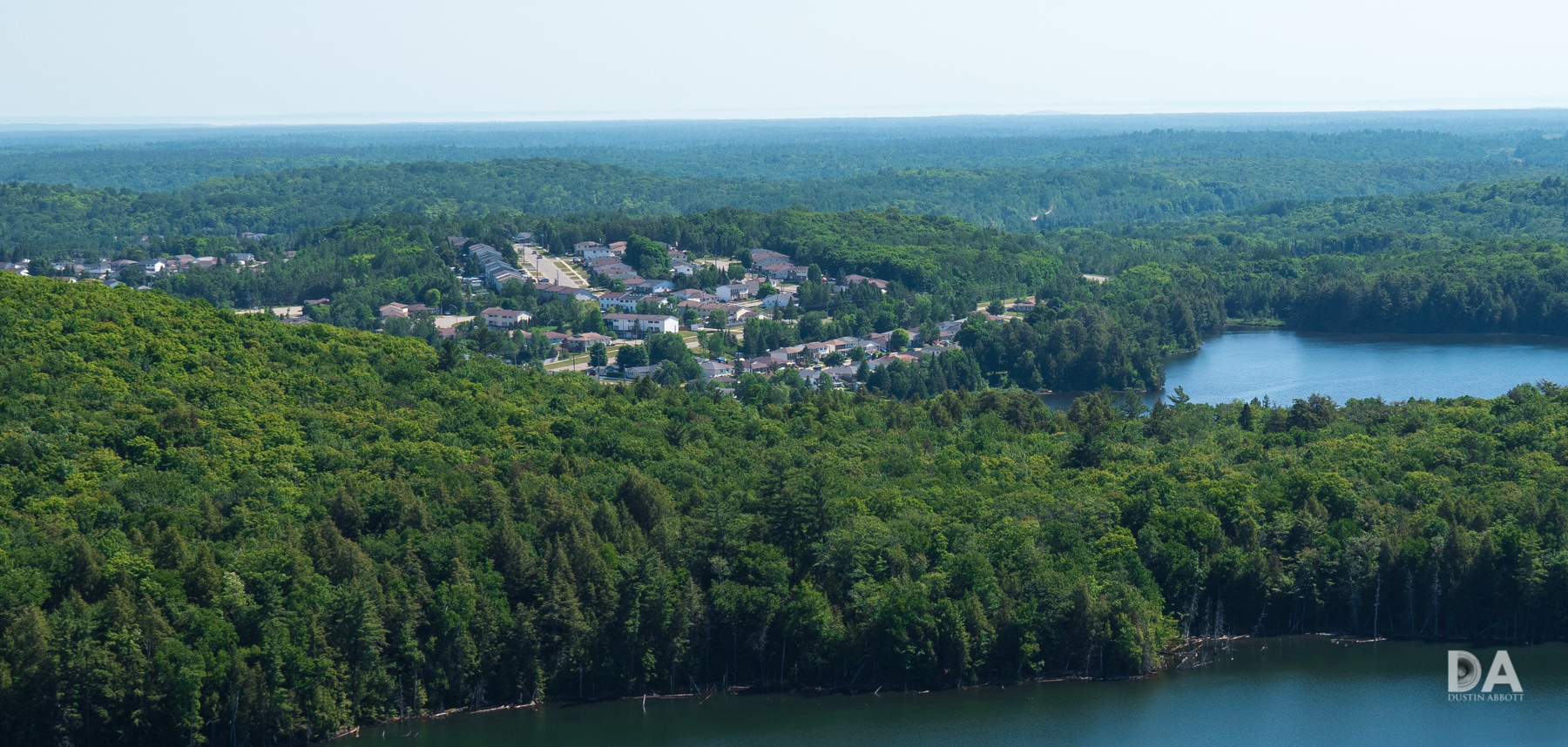






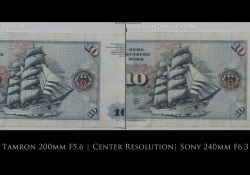
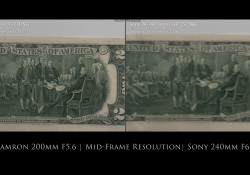
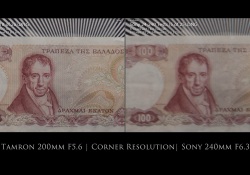

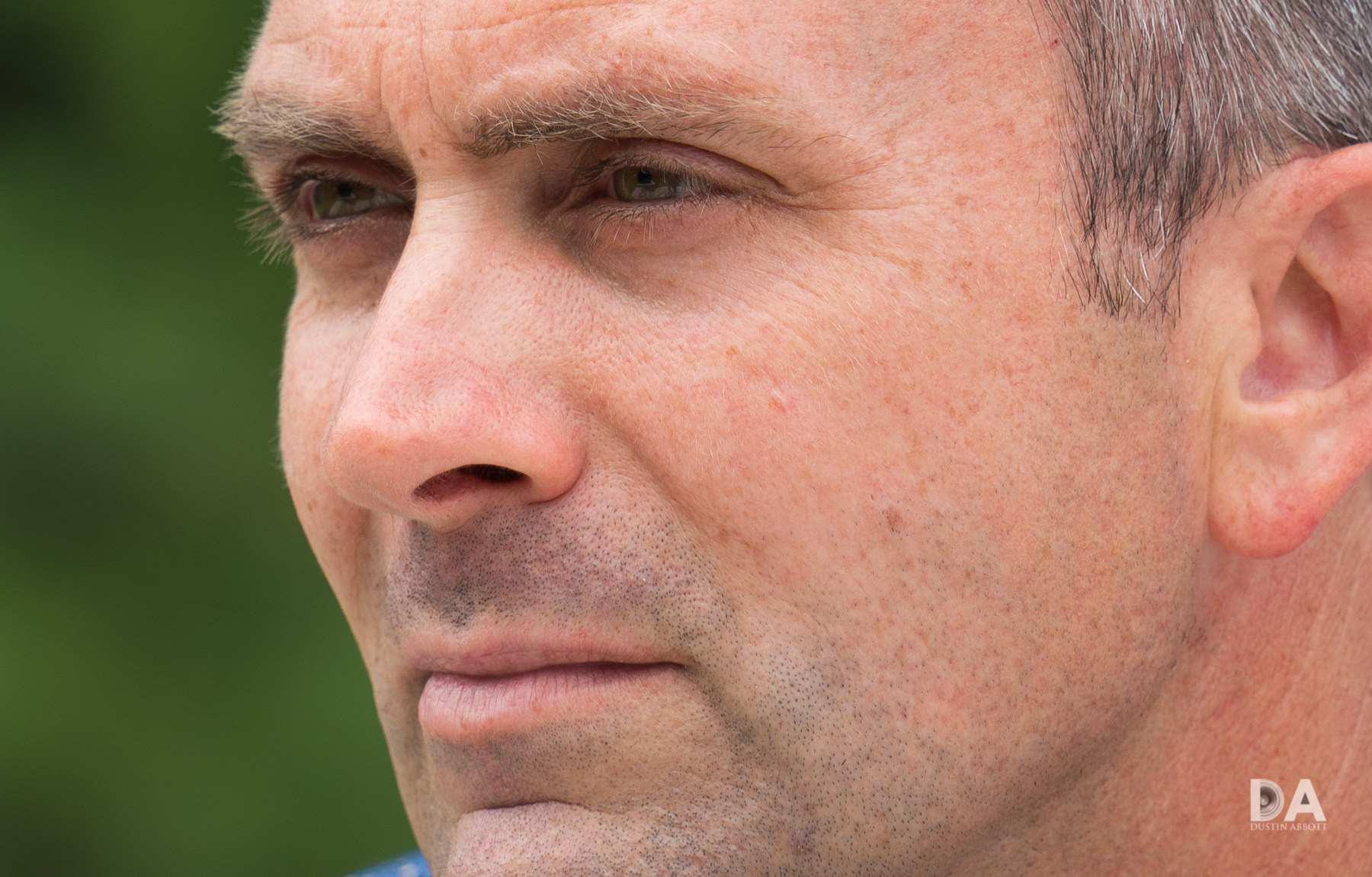
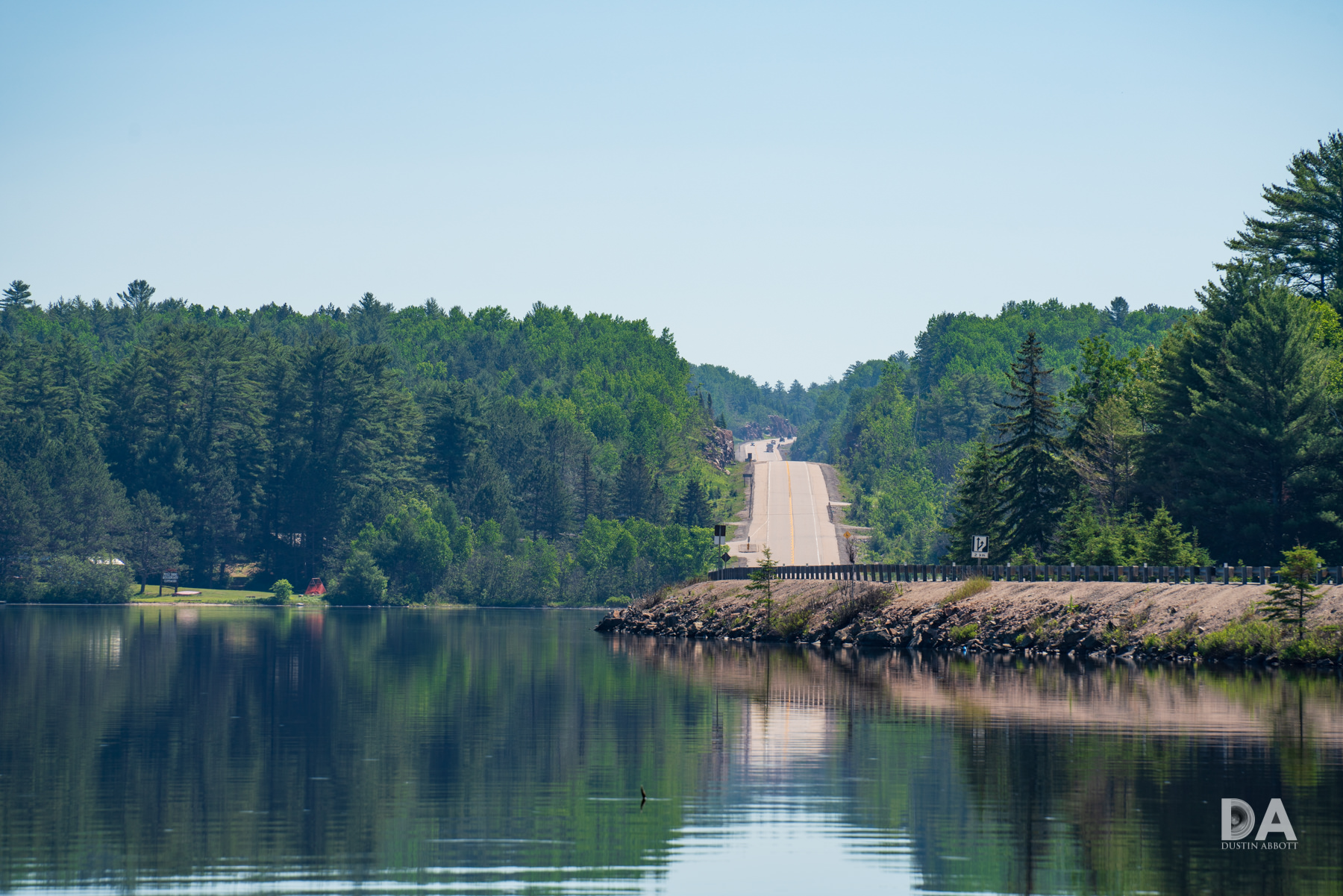













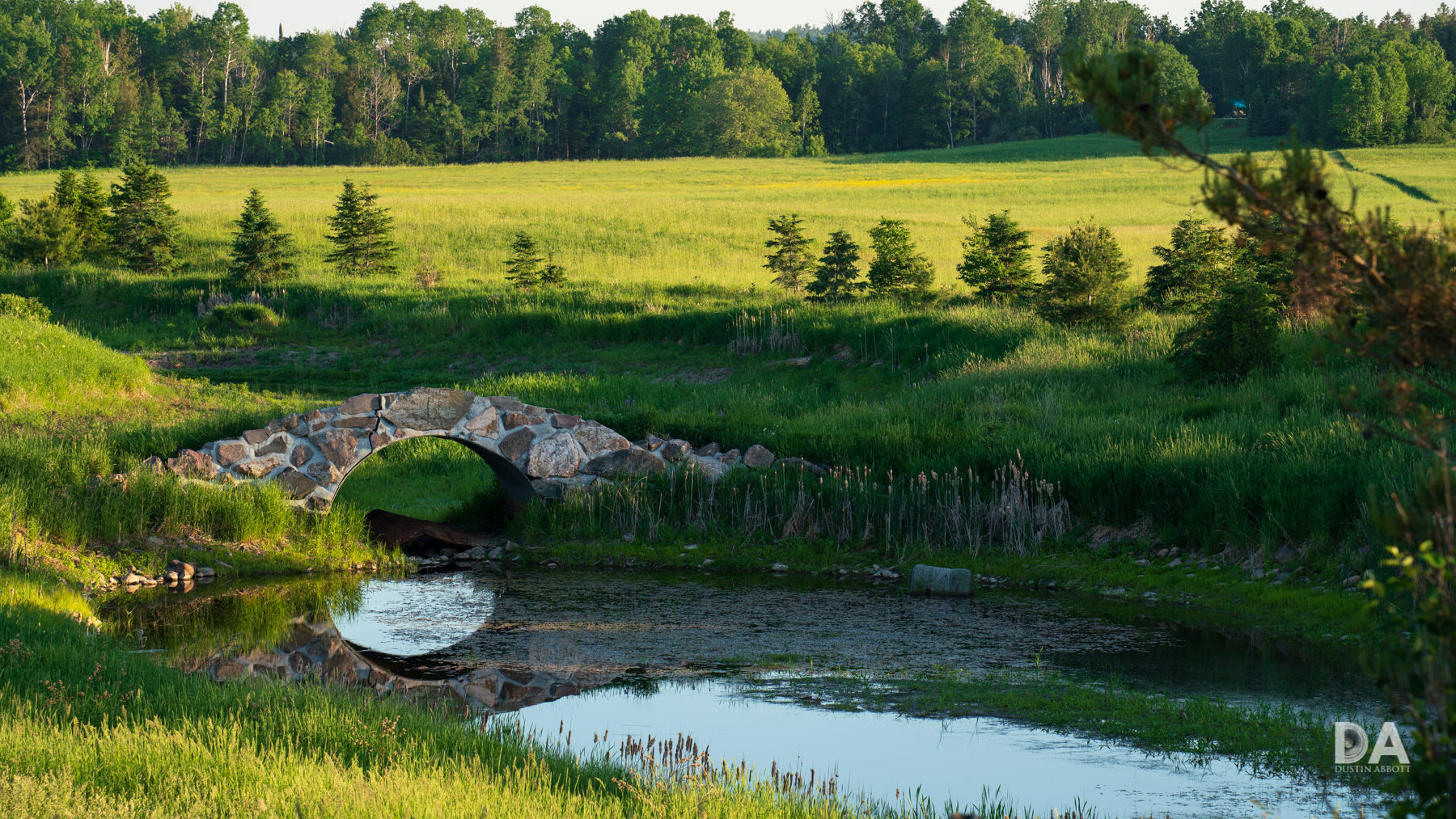







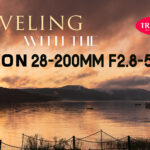
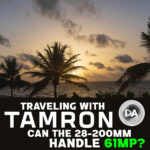
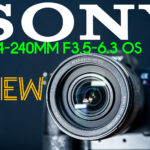

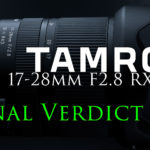


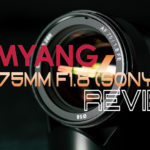
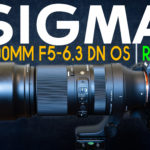
[…] Tamron 28-200mm F2.8-5.6 RXD (A071) Review, por Dustin Abbott en Dustin Abbot Photographer & Writerhttps://dustinabbott.net/2020/06/tamron-28-200mm-f2-8-5-6-rxd-a071-review/ […]